overleaf template galleryLaTeX templates and examples — Recent
Discover LaTeX templates and examples to help with everything from writing a journal article to using a specific LaTeX package.
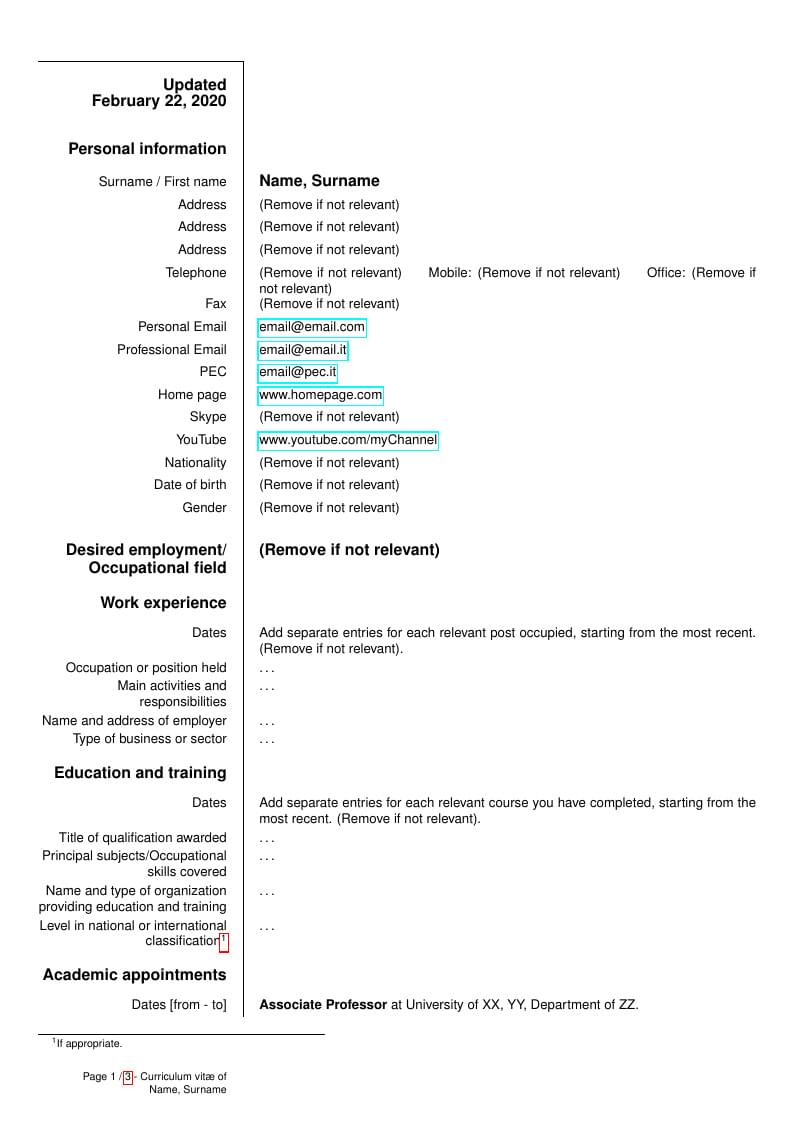
This template shows how to create your academic CV using EuropeCV document class. More details on how to use it can be found on GitHub or on the CTAN web portal
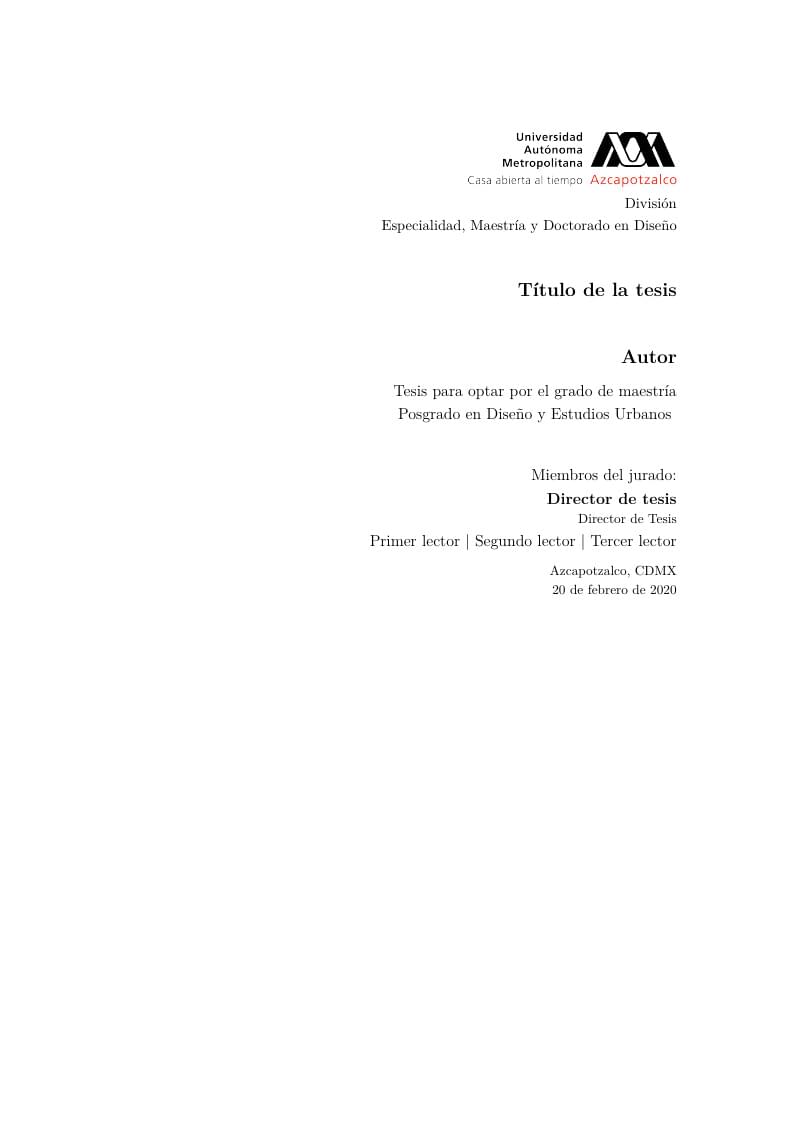
Plantilla para tesis Universidad Autónoma Metropolitana Azcapotzalco
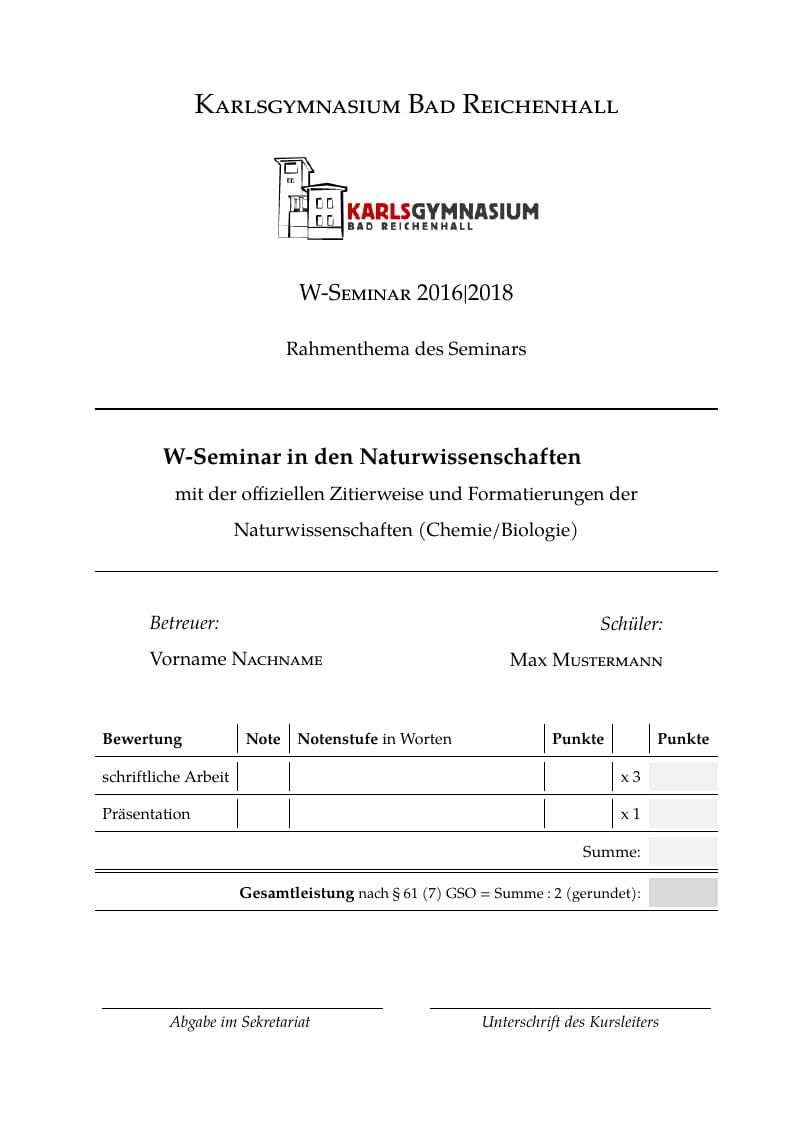
Diese Vorlage eignet sich für naturwissenschaftliche W-Seminararbeiten an Gymnasien. Diese Vorlage ist so übersichtlich gestaltet, dass der Schüler in der Datei Arbeit.tex nur seinen Inhalt einfügen muss. Die Präambel und das Titelblatt sind ausgelagert. Für den XeLaTeX-Compilker optimiert! In der Datei bausteine.tex finden sich Bausteine, die durch Copy/Paste in das Dokument übernommen werden können. Dies ersetzt aber nicht immer ein Nachschlagen in der Literatur oder im Internet... Viel Spaß!
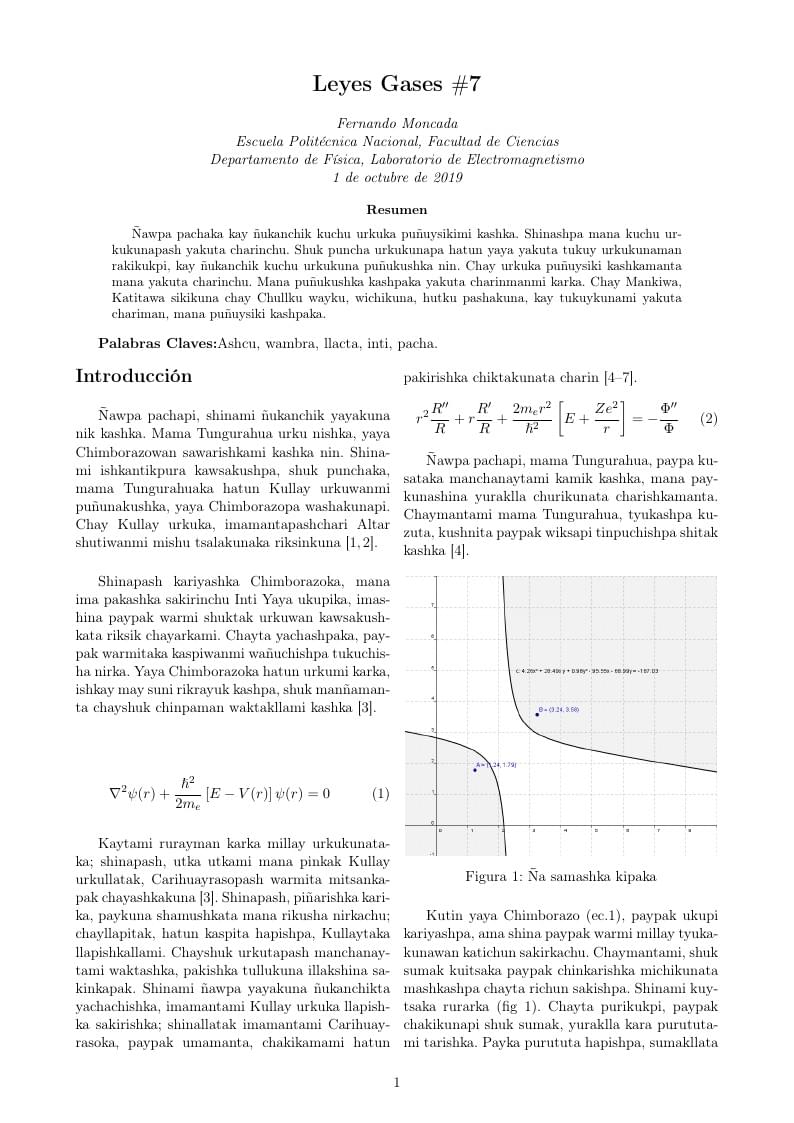
Guía Informes de Laboratorio. Escuela Politécnica Nacional.
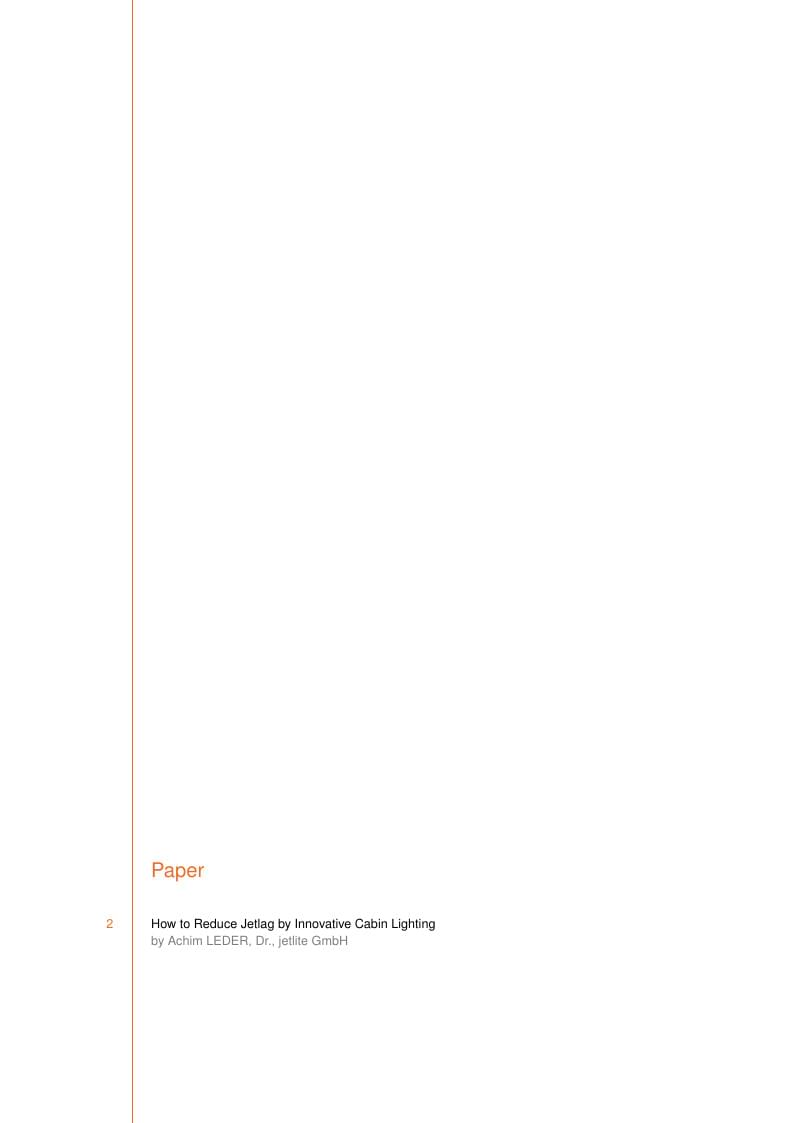
The purpose of this paper is to examine how chronobiologically effective cabin lighting increases comfort and well-being for passengers on long-haul flights.
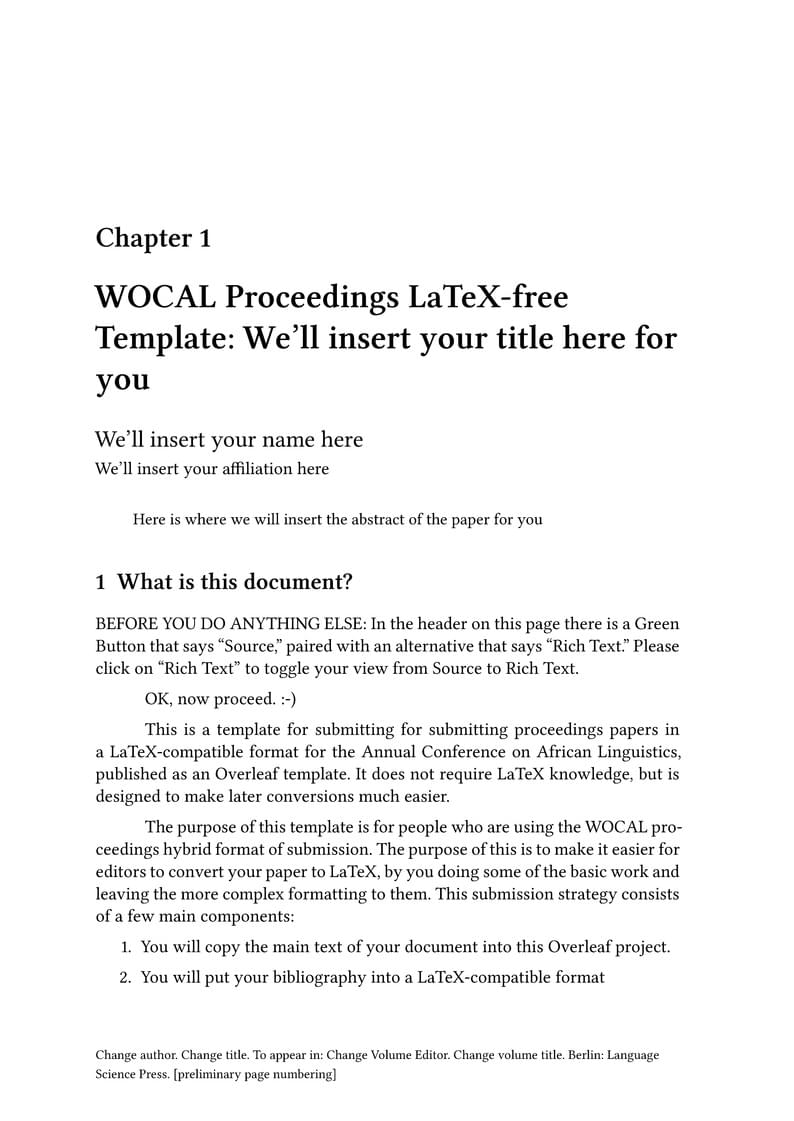
LaTeX-free submission template for WOCAL proceedings, based on ACAL proceedings. Uses the Language Science Press edited volume template.
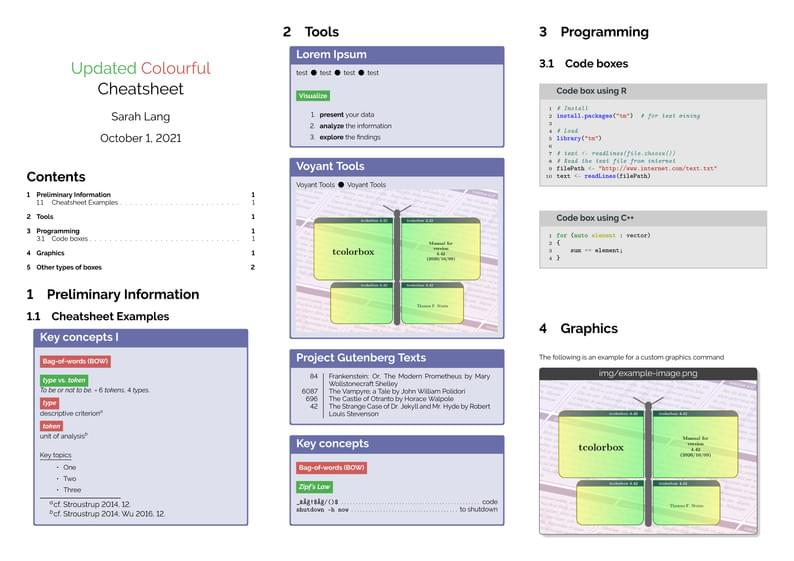
This is an update on my old "Colourful Cheatsheet Template". It is based on the old one, so similar but not the same. It still supports all the old visualization features and code listings using tcolorbox / minted. Just input the language you want (and that is supported by minted) in the codebox environment. However, the style now is a bit less bright and mimicks the Metropolis beamer template in style (a bit). This is the blogpost to go with it: https://latex-ninja.com/2021/10/01/a-new-version-of-the-colourful-cheatsheet-template/
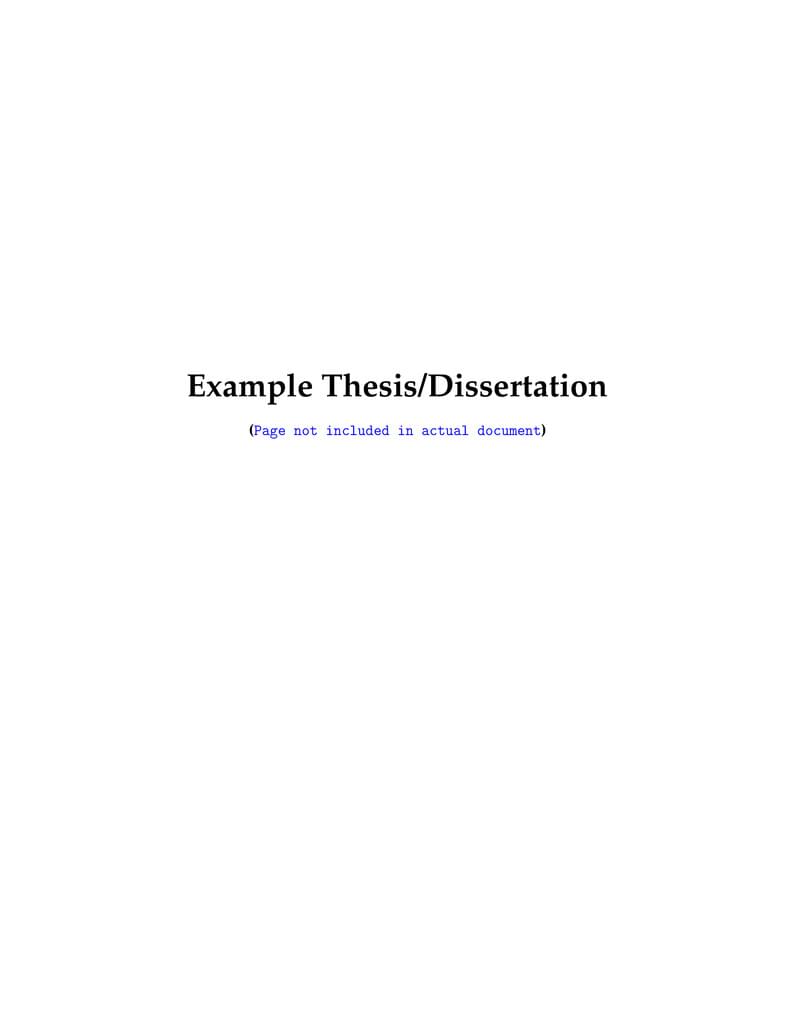
University of Utah LaTeX Template for Thesis/Dissertation for Overleaf that was approved by the University Thesis Office for manuscript submission.

Template para alunos do programa de Pós-Graduação em Desenvolvimento de Aplicações para Dispositivo Móveis e Cloud Computing
\begin
Discover why over 20 million people worldwide trust Overleaf with their work.